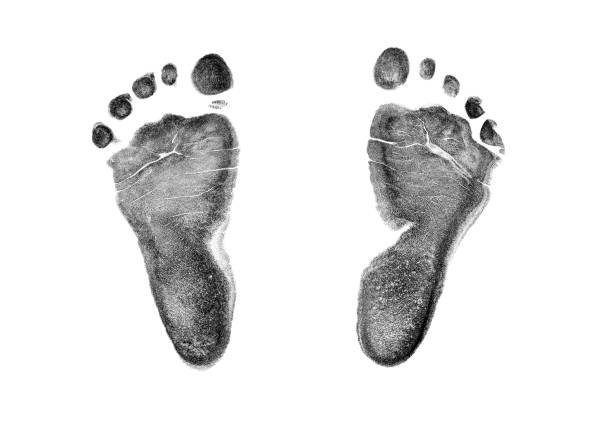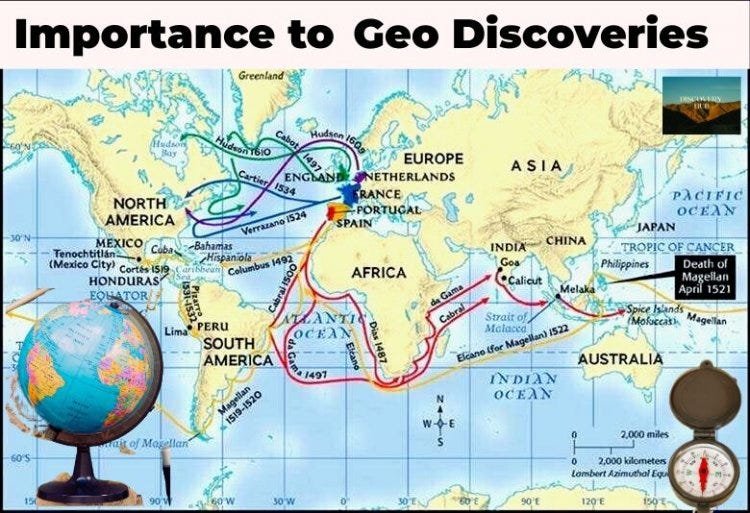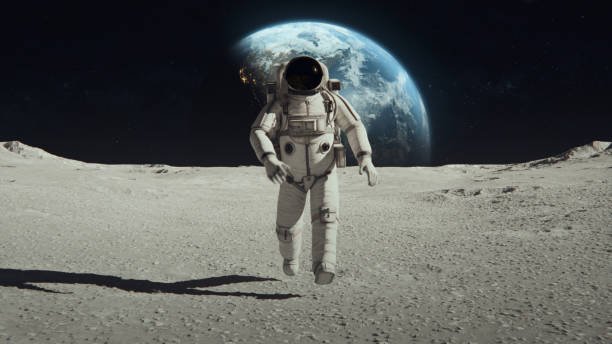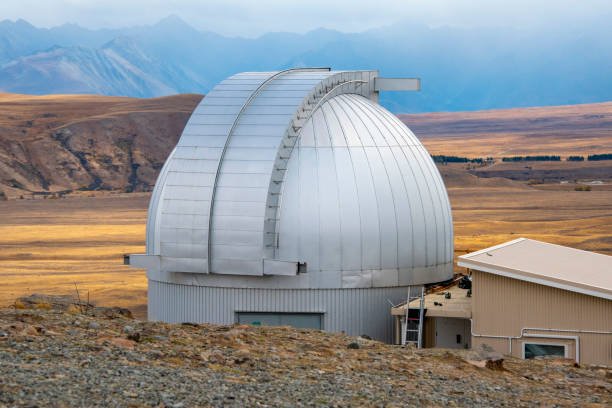Footprints Science, or the investigation of impressions left by people, creatures, and, surprisingly, old species, offers an exceptional window into the past. These impressions, frequently saved in sedimentary stone or different substrates, give significant experiences into the way of behaving, development, and connections of the creatures that left them. From old hominins to cutting edge natural life, impressions recount stories that assist us with grasping our developmental past, track the developments of creatures, and reproduce past conditions.
Definition of Footprints Science
Impressions science is the investigation of the impressions left by feet or paws on different surfaces. These effects can be had by people, creatures, or even wiped out species, giving an abundance of data about the way of behaving, development, and connection of these creatures with their current circumstance.
Importance of Studying Footprints
For what reason would it be a good idea for us to think often about impressions? They could seem like straightforward imprints in the ground, however they are really rich wellsprings of authentic and natural information. By concentrating on impressions, researchers can remake previous occasions, comprehend the development examples of species, and gain experiences into the way of behaving of antiquated people and creatures.
Historical Background
Early Studies of Footprints
The interest with impressions isn’t new. Early people probably noticed and followed creature tracks for the end goal of hunting. Nonetheless, the logical investigation of impressions started decisively in the nineteenth hundred years with the revelation of fossilized dinosaur tracks. These disclosures ignited interest and prompted the improvement of strategies to deliberately break down impressions.
Notable Discoveries in Footprints Science
Quite possibly of the most renowned revelation in impressions science is the Laetoli impressions in Tanzania. These impressions, dated to be around 3.6 million years of age, gave critical proof of bipedalism in early hominins. Another critical find is the impression of a Theropod dinosaur in the Paluxy Stream in Texas, offering bits of knowledge into the way of behaving of these old animals.
Types of Footprints
Human Footprints

Human impressions can inform us a great deal concerning the way of life and development of past populaces. For example, the protected impressions at the White Sands Public Park in New Mexico, accepted to be around 23,000 years of age, offer proof of human action during the last ice age.
Animal Footprints
Creature impressions are similarly significant. They can uncover data about the species’ way of behaving, diet, and collaboration with their current circumstance. For instance, the investigation of bear tracks can assist us with understanding their hunting examples and natural surroundings inclinations.
Fossilized Footprints
Fossilized impressions resemble time containers. They protect a second in time, offering an immediate look into the past. These impressions can be tracked down in sedimentary shakes and give proof of the presence and development of old species.
Methodologies in Footprints Science
Techniques for Analyzing Footprints
Breaking down impressions includes different procedures, for example, photogrammetry, which makes 3D models of impressions, and minuscule investigation to concentrate on fine subtleties. These techniques help in figuring out the profundity, strain, and development related with the impressions.
Tools and Technologies Used
Present day advances like ground-infiltrating radar and 3D laser checking have reformed impressions science. These devices permit researchers to catch definite pictures and information, which can be broke down to separate important data about the impressions.
Applications of Footprints Science
Forensic Science

In scientific science, impressions can be essential proof. They can assist with recognizing suspects, recreate crime locations, and even decide the grouping of occasions. Scientific specialists break down impression examples, sizes, and profundities to accumulate signs about the people in question.
Archeology
In paleohistory, impressions give experiences into the regular routines of antiquated individuals. They can demonstrate the presence of settlements, relocation examples, and social way of behaving. The investigation of old impressions assists archeologists with sorting out the historical backdrop of human action.
Environmental Science
Impressions science is likewise important in natural examinations. By breaking down creature tracks, researchers can screen species populaces, figure out their living space necessities, and survey the effect of ecological changes.
Footprints and Evolution
Insights into Human Evolution
Impressions have been instrumental in figuring out human advancement. The Laetoli impressions, for instance, showed that early hominins strolled upstanding, testing past suspicions about our precursors’ motion.
Evolutionary Significance of Animal Footprints
Creature impressions can uncover developmental variations. For example, changes in impression designs over the long run can demonstrate shifts in conduct or transformations to new conditions, revealing insight into the developmental cycles that molded various species.
Case Studies
Famous Footprint Discoveries
One prominent contextual analysis is the disclosure of Neanderthal impressions in Gibraltar, which gave proof of their presence in the locale. Another critical find is the dinosaur tracks in Bolivia, which are among the biggest and generally definite on the planet.
Impact of These Discoveries

These disclosures significantly affect how we might interpret history and development. They have given substantial proof that upholds hypotheses about old life and have ignited further examination into these areas.
Challenges in Footprints Science
Preservation Issues
Perhaps of the greatest test in impressions science is the protection of impressions. Ecological elements like disintegration, human movement, and cataclysmic events can harm or obliterate these significant engravings.
Interpretation Difficulties
Deciphering impressions can be interesting. Factors like soil arrangement, atmospheric conditions, and the weight and development of the being that created the impression can all influence the last impression, making it trying to reach exact inferences.
Future of Footprints Science
Emerging Technologies
The fate of impressions science looks encouraging with the approach of new advancements. Progresses in imaging and scientific devices are supposed to improve the exactness and detail of impression studies, opening up additional opportunities for research.
Potential Discoveries
As we proceed to investigate and concentrate on impressions, there is potential for new disclosures that could change how we might interpret history and development. Each new impression found is a piece of the riddle that assists us with grasping the previous better.
Conclusion
In rundown, impressions science is an entrancing field that offers a one of a kind look into the past. From understanding human advancement to helping with criminological examinations, the investigation of impressions has broad applications. As innovation propels, we can expect considerably additional thrilling revelations that will extend our insight and enthusiasm for this fascinating field.
FAQs
What is footprints science?
Impressions science is the investigation of the impressions left by feet or paws on different surfaces, giving experiences into the way of behaving and development of people, creatures, and antiquated species.
How are footprints preserved in nature?
Impressions can be safeguarded in nature when conditions are perfect, for example, when an impression is made in delicate silt that later solidifies into rock, or when quickly covered by dregs shields it from disintegration.
What can we learn from animal footprints?
Creature impressions can uncover data about an animal categories’ way of behaving, diet, territory inclinations, and collaboration with their current circumstance.
How does footprints science help in forensic investigations?
In measurable examinations, impressions can assist with distinguishing suspects, reproduce crime locations, and decide the arrangement of occasions in light of the investigation of impression examples, sizes, and profundities.
What future advancements can we expect in footprints science?
Future headways in impressions science might incorporate more modern imaging and logical devices, prompting more point by point and exact investigations of impressions, possibly uncovering new experiences about over a wide span of time life on The planet.




